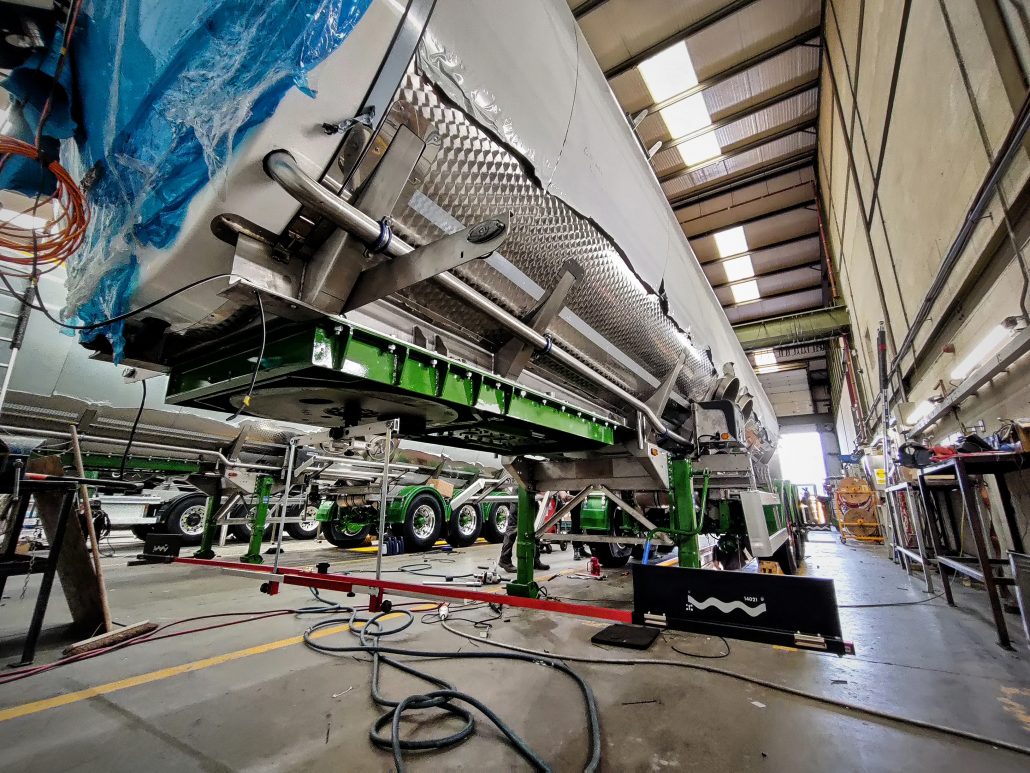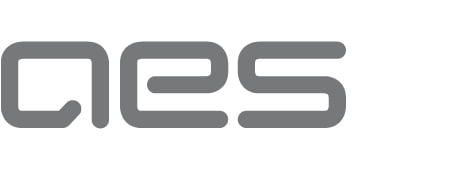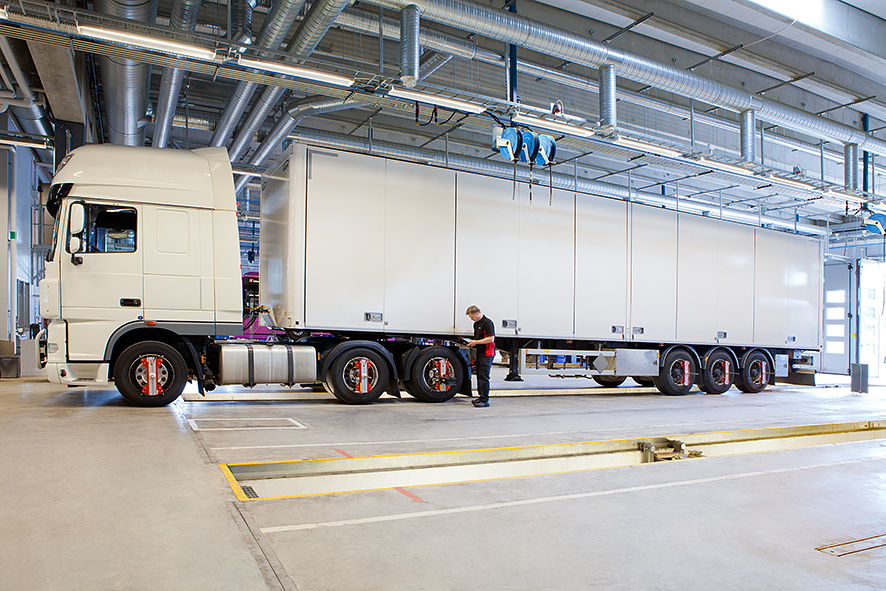Keeping trailers on the straight and narrow
A wheel alignment case study performed by the Department for Transport, using Josam equipment, performed in the early 2000s highlighted that a 0.5° misalignment can reduce tyre life by up to 50%.
A Lancaster-based company that employed 30 drivers and ran a 12-hour operation from Monday to Friday at the time of the study, the fleet consisted of 80 semi-trailers plus other vehicles. The company, running trailers on super single tyres, observed a 15% increase in super single tyre life on their trailers reducing costs significantly.
Wheel Alignment on Trailers
It is estimated over 50% of trailers on UK roads are out of alignment, with fleet operators often focusing on tractor units and overlooking trailers due to the nature of how they’re exchanged.
AES believe there are enough benefits for larger fleets to consider corrective wheel alignment on trailers including:
- Tyres cost savings – up to 15% savings on tyres costs with correct wheel alignment
- Fuel savings – a correctly aligned trailer can reduce the pulling force (drag) on the towing unit lowering rolling resistance
- Safety – misaligned trailers often take up more room on the road due to “dog-run” or “crabbing” this can create uncomfortable and unsafe handling properties for the driver
- Environment – fuel and tyre cost savings reduce your CO2 emissions and tyre dust pollution
Example Tyre Cost Savings on Trailers
As an example, using data from the Department for Transport study AES have created an example tyre cost saving for correctly aligned trailers vs incorrectly aligned trailers.
| Example Trailer Tyre Costs Saving | |
| Avg. Super Single Tyre Cost | £300 |
| Avg. Milage of Super Single | 200,000 miles |
| Avg. Annual Driven Miles | 100,000 miles |
| Avg. No. of Tyres on Trailer | 6 |
| Fleet Size | 80 Trailers |
| Potential Annual Tyre Cost Savings | £10,800 |
Bad Trailer Alignment – What to look for
Though AES recommends annual pro-active alignment checks on trailers, some fleet operators don’t have the luxury of being able to for whatever reason, if that is the case AES have outlined some signals that could indicate issues with trailer alignment
- Tyres – Premature tyre wear, blow-outs and damage to trailer tyres. Premature wear on the towing unit
- Crabbing / Dog Run – Driver complaints or eye-witnessed crabbing on a trailer
- Instability – Driver complaints of bad driving behaviour such as pulling or additional drag beyond the norm
Corrective Procedure
Wheel alignments on trailers can be carried out by trained contractors or through owned equipment, AES recommend their Josam alignment systems which can measure all types of trailers and provide a detailed before and after report within the software, which also offers a tyre management system.
When measuring a typical trailer with 3 non-steered axles there are 2 main measurements to look for, out-of-square and parallelism. Out of square is the angle of the axle in relation to the centreline and parallelism is the angle of two or more axles in relation to each other.
Below is an example of a 3-axle trailer with each axle having largely unique out-of-square axles in relation to the centreline. As you can imagine there would be increased tyre wear and drag on the towing unit.
In this particular example, depending on the OEM tolerances, each axle would have to be adjusted to bring it within tolerance in relation to the centreline, only adjusting 1 axle would have minimal impact.

Processed with VSCO with preset





